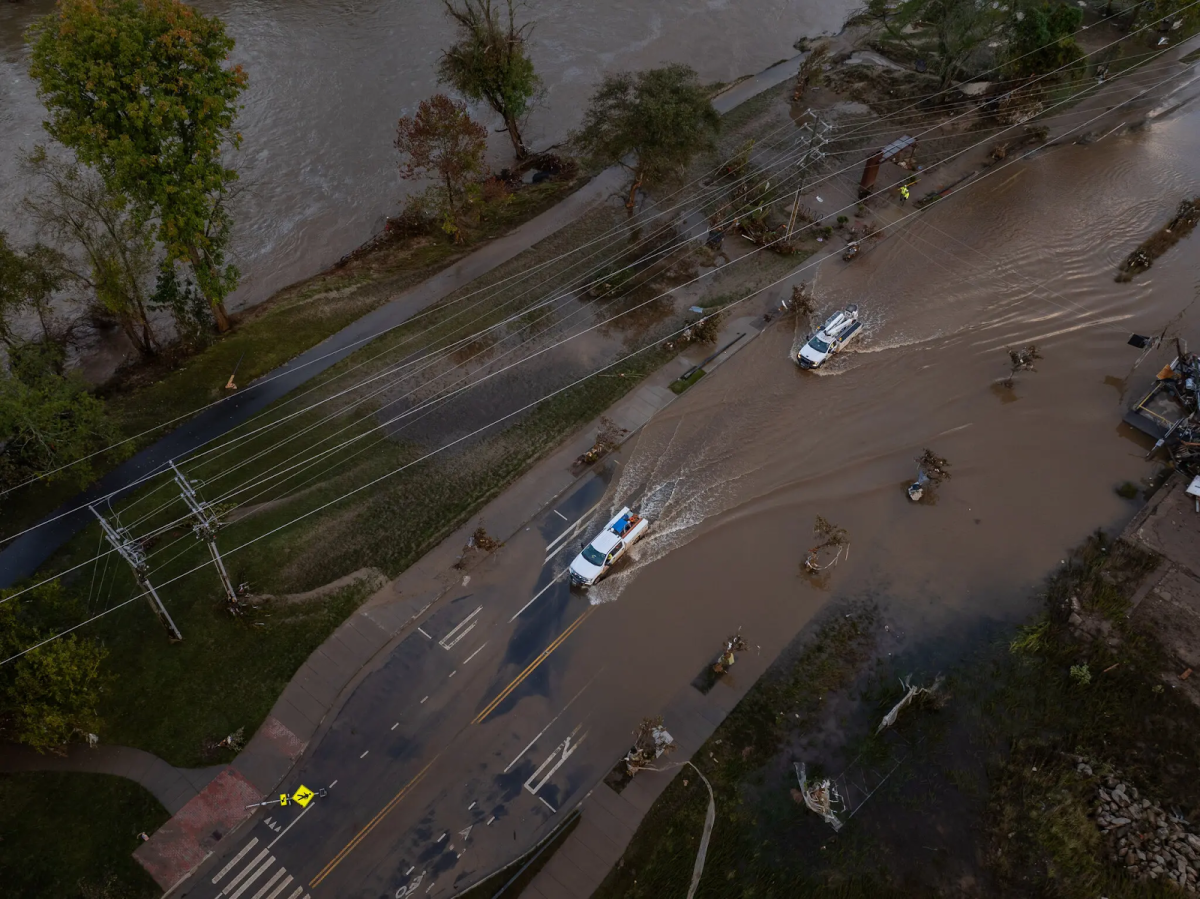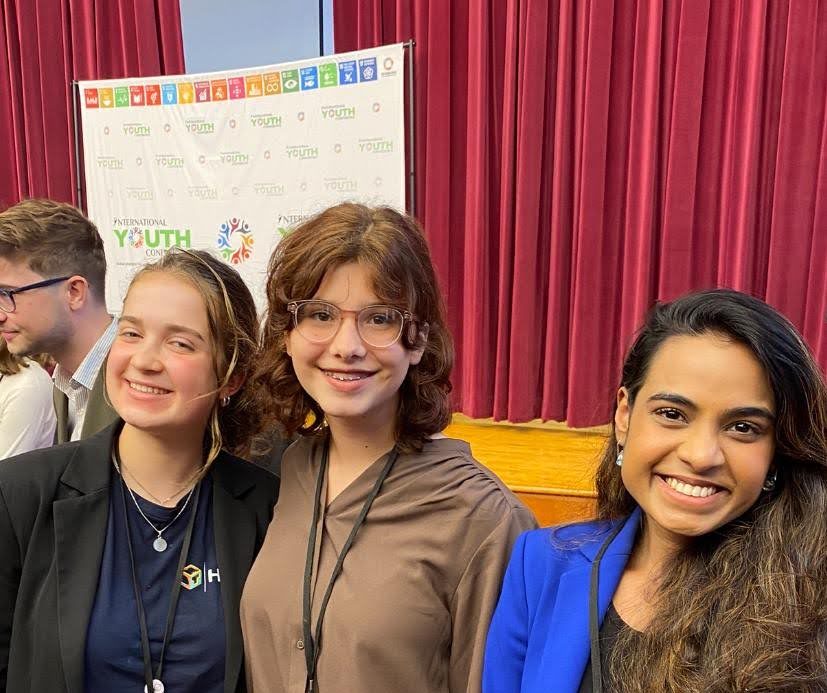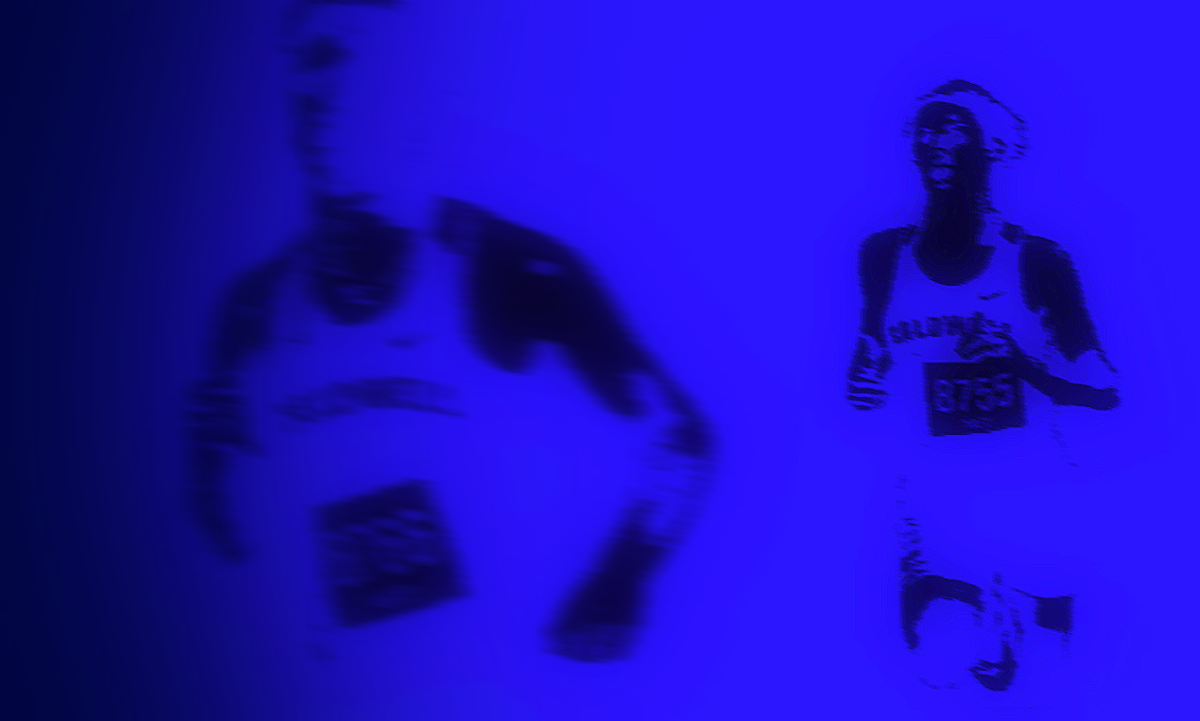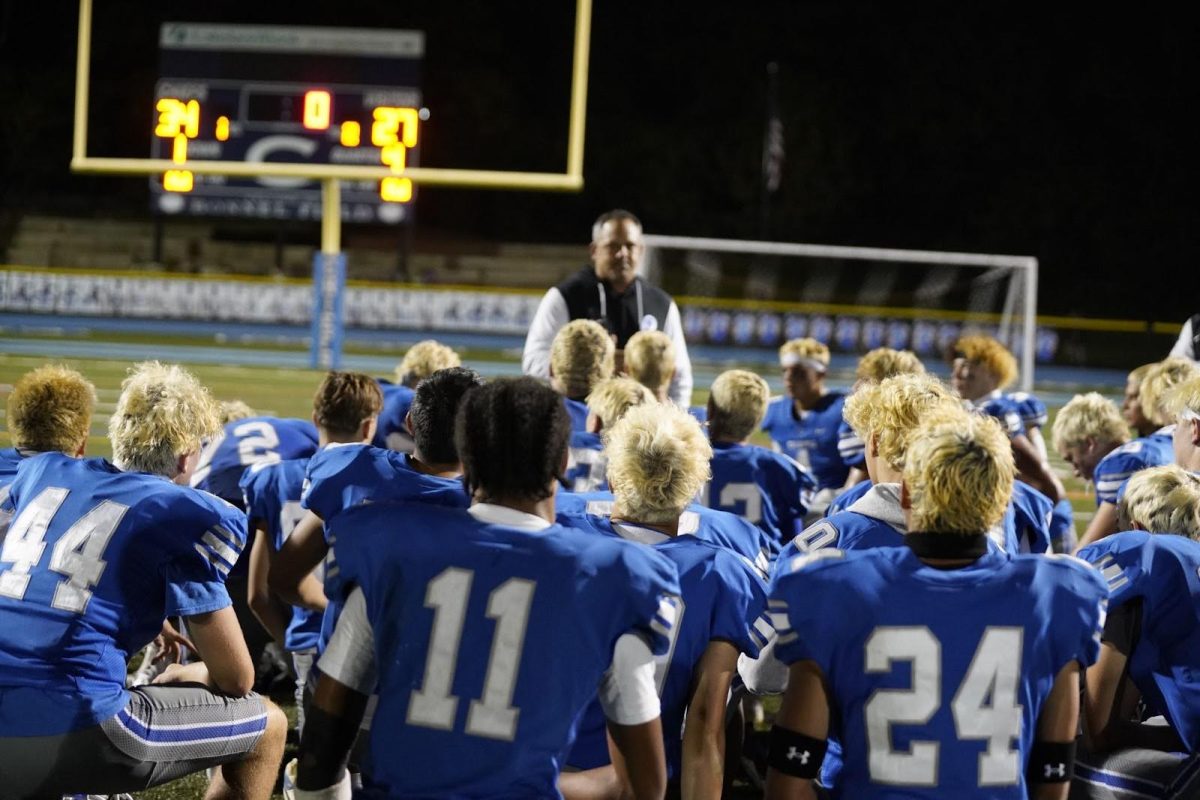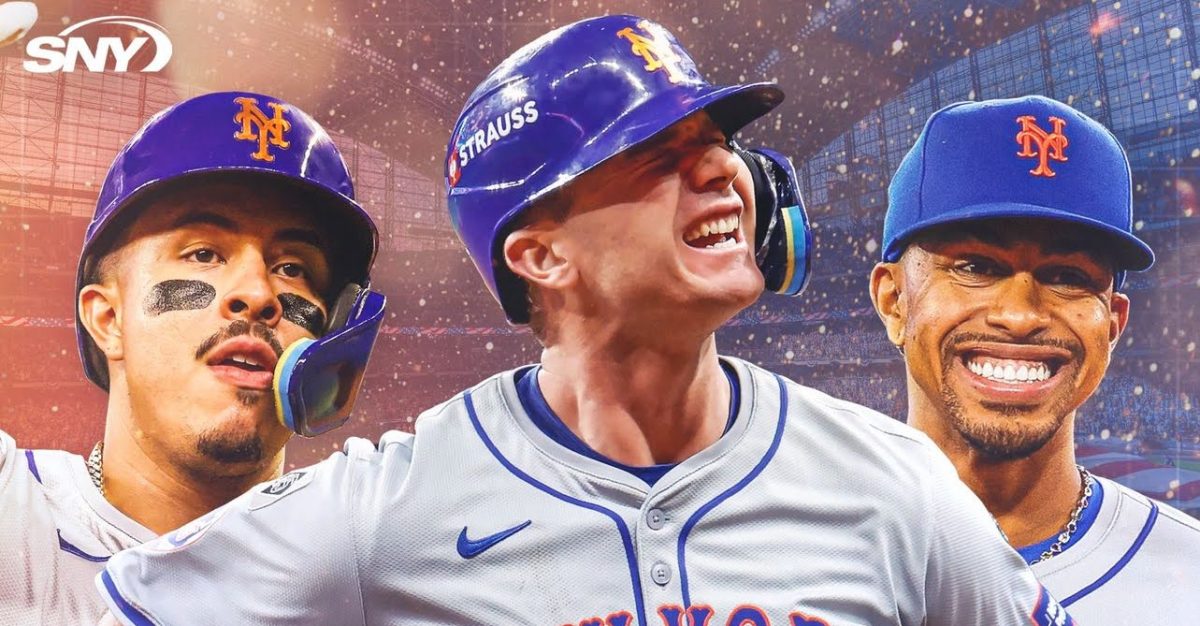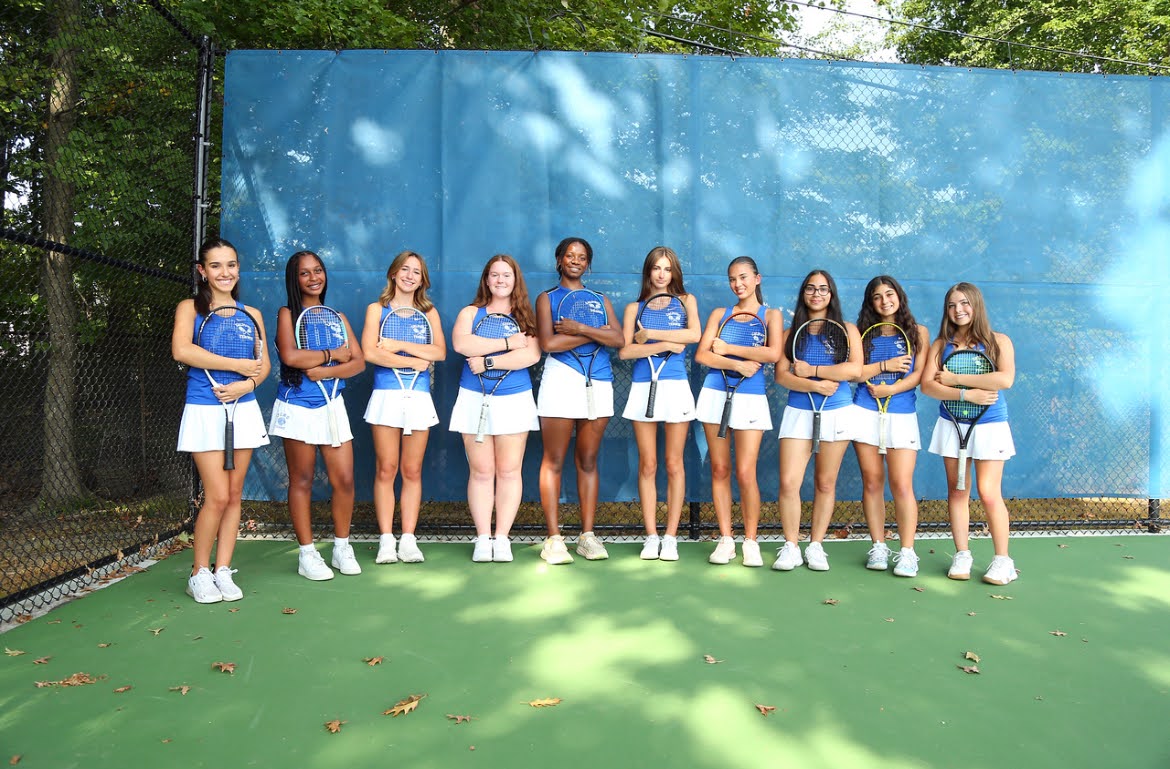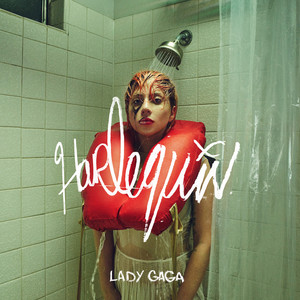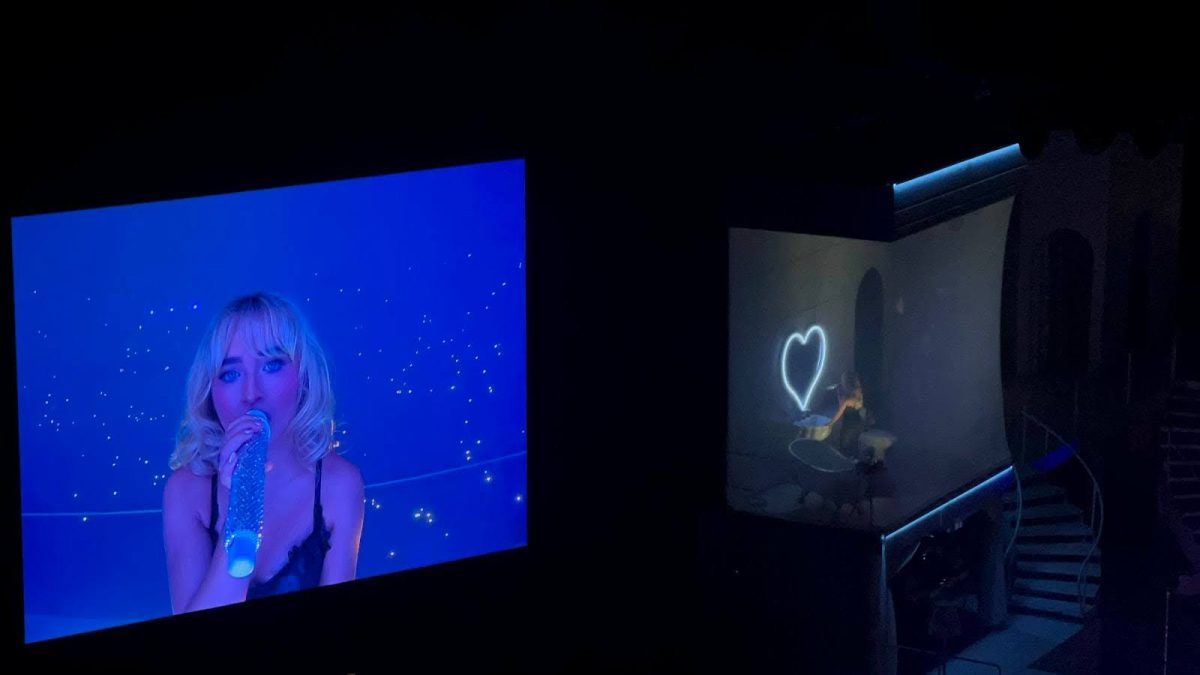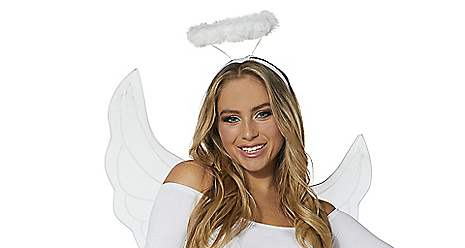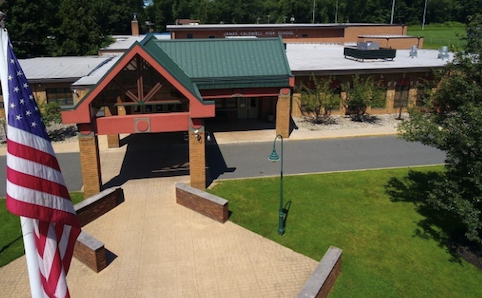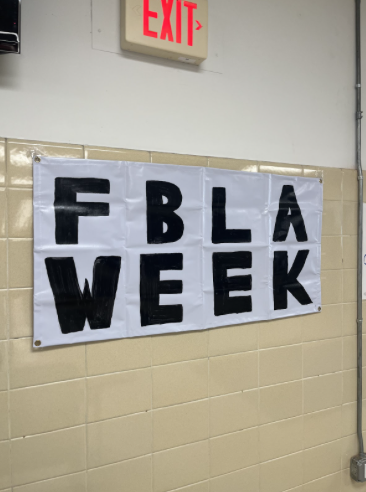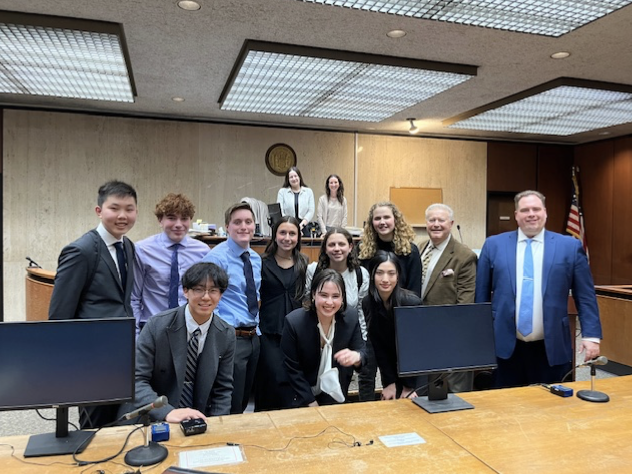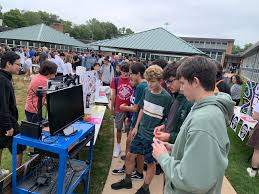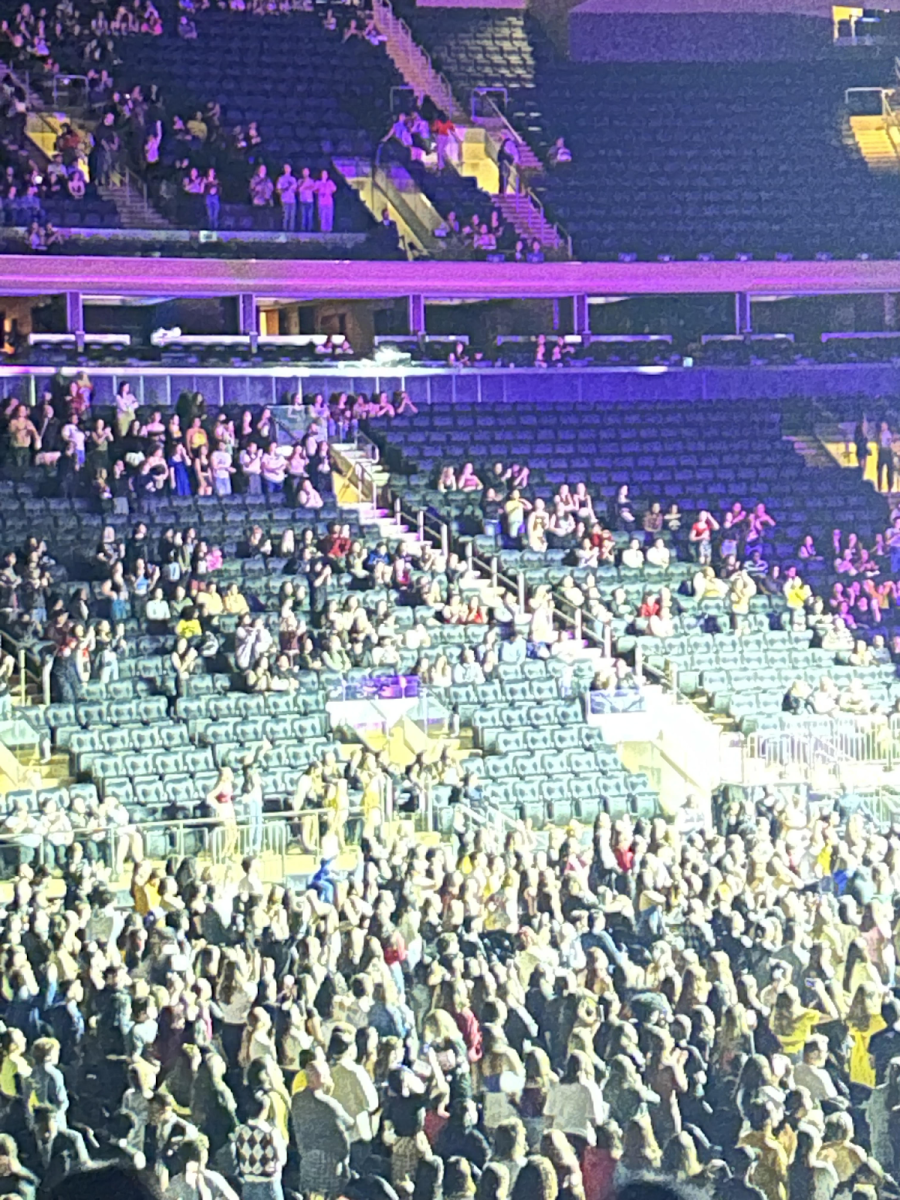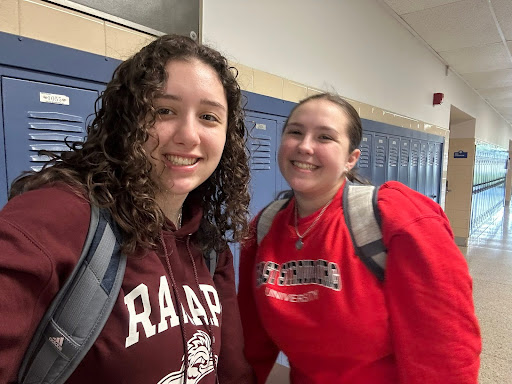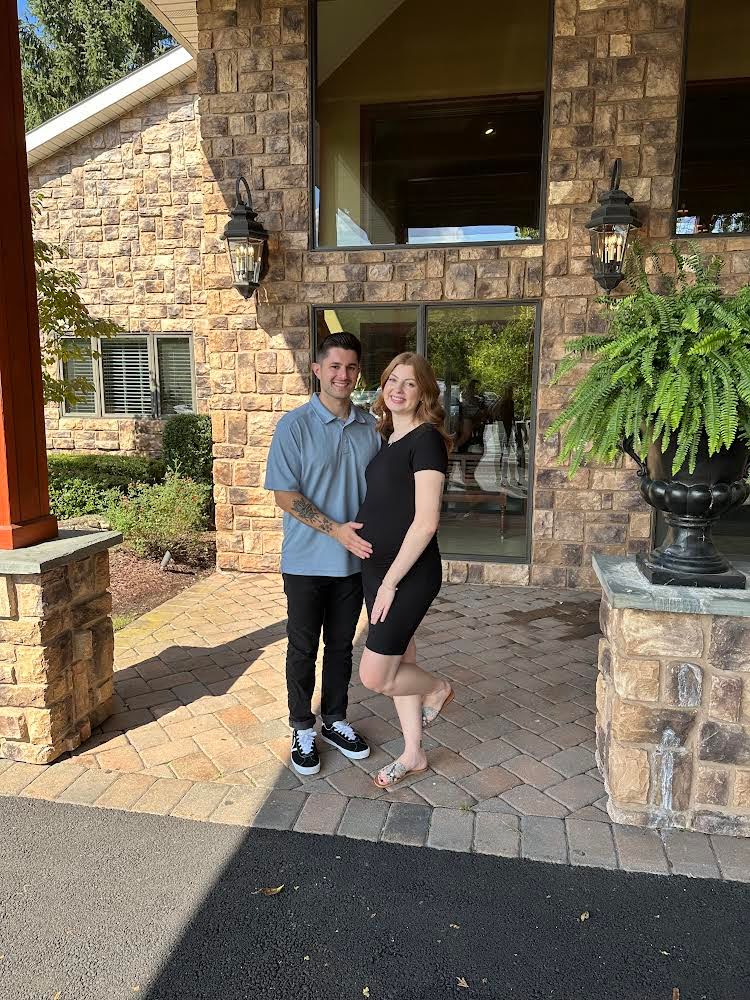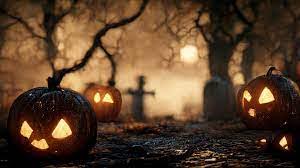
When people think of Halloween they think of costumes and candy, but what lies beneath the surface is much more fascinating than a candy bar. First, we go back to the ancient people of modern day Britain, Ireland, and France, the Celtics. When we look at where Halloween could have first originated, the ancient Celtic festival of Samhain (pronounced Sow-in) is where most historians agree to mark the beginning of the history. For the Celtics, October 31st marked the end of the summer which meant that the harvest too was ending. This day also marked the beginning of the cold, dark, and difficult winter often associated with human death. The belief was that the line between the living world and the dead world became blurred, and the ghosts of the dead returned to Earth and would cause trouble or harm people. Therefore, many people would dress in costumes to be mistaken as other ghosts by spirits if they left their houses at night. People would also leave food outside their homes to appease the spirits and prevent them from entering the home. But, it was also believed that Druids (ancient Celtic priests) could better predict the future and these prophecies often helped comfort those afraid of the winter ahead. To better help their chances of survival a sacred bonfire was built by the Druids to give the Celtic Deities sacrifices such as crops and animals in return for protection and help over the upcoming winter months. At these celebrations, many Celtic people dressed up in costumes which consisted of animal skins and heads. Once the celebration was over, the Celtics re-lit their hearth fires (fires in their homes) from the sacred bonfire in order to better protect themselves for the harsh winter coming.
While this explains a few traditions and ideas associated with Halloween, it still doesn’t explain much of what we now know as Halloween. Therefore we have to look at the Christian, especially Catholic, influence on the holiday. In the year 609 A.D., Pope Boniface IV established the Catholic feast of All Martyrs Day (later becoming All Saints Day) in the Western Church on May 13th. It was later moved to November 1st and it is a celebration of all the Saints in the Catholic religion. In the 9th century, Christianity had begun to influence the Celtic people and began to replace the older Celtic celebrations and traditions. Then by 1000 A.D , the church created the holiday of All Souls’ Day on November 2nd, with it being widely believed that the holiday was created to try to replace the Celtic festival of the dead with something that was more aligned with the church. This holiday was meant to celebrate all the souls of people who had passed who were a part of the church. The celebration of All Souls’ Day was very similar to that of Samhain with large bonfires, parades, and even costumes (which were now more angels, saints, and devils rather than animal skins). During the festivities poor citizens would often beg for food and be given pastries called “soul cakes’’ in return for prayers for dead relatives. This was strongly encouraged by the church, as it was replacing the old Celtic ritual of leaving food and wine on doorsteps for wandering spirits. The practice which would then be called “going-a-souling” was later adopted by children who would visit houses in their neighborhood and be given food, money, and ale, and if they were not given anything the children were known to deface the person’s home (this is where historians believe trick-or-treating to be from). The day before these celebrations (October 31st) would begin to be called All-Hallows Eve since All-Saints day was also called All-hallows, which later became Halloween through abbreviation: All Hallow’s Evening becomes Hallowe’en.
While this explains Halloween in Europe, how did it make its way all the way over to America? Since much of colonial America was Protestant, celebration was limited (except in Maryland/Southern colonies, where Catholics were more accepted). But, as more European ethnic groups started to come over, their traditions and beliefs merged with those of the Native Americans and began to create a distinct American version of Halloween. These first few celebrations included “play-parties” which were events held to celebrate the harvest where neighbors would share stories of the dead, sing, dance, and tell one another’s fortunes. These Colonial celebrations also included the telling of ghost stories and different types of mischief making. While annual autumn celebrations were common, it was only during the second half of the 1800s with the flood of Irish and English Catholic immigrants that Halloween really began to take shape in America. Halloween began to become more about community and neighborhood get-togethers rather than ghosts and death during this time period as well. By the beginning of the 20th century, Halloween in America had lost all religious and superstitious aspects and became what we now view as Halloween with parties, trick-or-treating, costumes, and more.
Halloween has clearly changed throughout the centuries and still continues to change. Since COVID, many feel that trick-or-treating is becoming a thing of the past, with many people seeing a dramatic decrease in the amount of trick-or-treaters coming to their doors. Many believe that this may be because of the huge success of trunk-or-treats, where people gather in a parking lot and hand out candy from the trunks of their cars. This may be one of the many things that COVID has ruined. Trick-or-treating and Halloween in general is a core memory for many people across the country, myself included. While it is still unclear if it will continue to remain one of the most popular and exciting times for kids across the country, what is clear is that the history and evolution of Halloween are both interesting and fascinating and that Halloween will continue to remain one of the most superior holidays.


